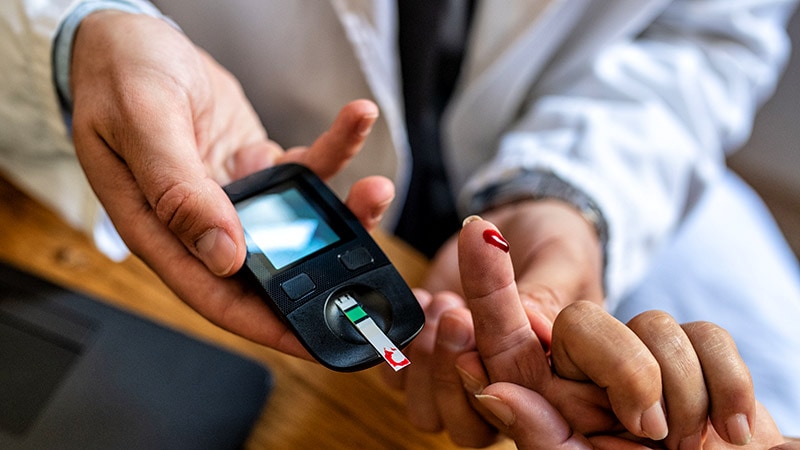Takeaway
- Elevated heart rate was independently associated with a moderately increased risk of developing type 2 diabetes mellitus (T2DM) and this relationship was particularly evident among non-overweight/obese participants.
- A positive dose-response relationship between heart rate and T2DM incidence was observed.
Why this matters
- Recent epidemiologic studies indicated that the association between increased heart rate and cardiovascular events was independent of high systolic blood pressure (BP), physical activity level, and increased waist circumference, suggesting that heart rate can be recognised as an independent risk factor for cardiovascular disease.
Study design
- Prospective study involving 53,817 participants (22,536 men and 31,281 women) without any history of diabetes, cancer, cardiovascular or rheumatic heart disease evaluated the association between heart rate and diabetes.
- Funding: National Key Research and Development Program of China and others.
Key results
- Over an average of 6.9 years of follow-up period, 1766 people (1078 women and 688 men) developed T2DM with an incidence of 4.75 per 1000 person-years.
- Compared with participants who had a heart rate of ≤67 beats/minute, multivariable-adjusted HRs for T2DM across increasing quintiles of heart rate were:
- 1.24 (95% CI, 1.05-1.45) in participants who had a heart rate of 67-73 beats/minute,
- 1.21 (95% CI, 1.03-1.41) for heart rate of 73-80 beats/minute,
- 1.24 (95% CI, 1.05-1.47) for heart rate 80-86 beats/minute, and
- 1.49 (95% CI, 1.28-1.41) for heart rate of >86 beats/minute.
- Positive dose-response relationship between heart rate and T2DM incidence (P for trend <.001).
- This relationship was particularly evident among non-overweight/obese participants, and a multiplicative interaction was significantly observed between heart rate and body mass index (BMI) on incident T2DM with a P for interaction=.005.
Limitations
- Baseline oral glucose tolerance test was not conducted.
- Heart rate, BMI and BP were measured during follow-up.
References
References



